A study of temples in Bengal of the late medieval period is an interesting chapter in history of Indian art and architecture.

Evolving in intimate association with the changing phases of life and faith, temple architecture of Bengal with its varied styles – Chala, Ratna, Deul, Dome-shaped, Flat-roofed etc., – and the decorations, designs and graceful terracotta works of floral, animal and human figures is a great legacy. The low-lands of Bengal are sustained by rivers and canals and its alluvial soil inspired the then artisans to make brick temples. In the humid and moist climate of Bengal it is very natural that instead of stones, clay was chosen as the medium to give expression to Bengali sentiments and culture through terracotta (baked clay) temples across the Rarh Bengal specially in the districts of Bankura, Birbhum, Hooghly, Murshidabad, Medinipore, Howrah, Purulia, Burdwan and Nadia. The subject matters in terracotta on these temples are generally Hindu epics – Ramayana, Mahabharata, Krishna Lila, Vaishnavism, Mangal Kavyas; social scenes with different types of floral and geometrical designs also cover the temple walls. There are hundreds of beautiful terracotta temples still existing in Bengal. Some of them are – Radha Govinda temple of Antpur, Ananta Vasudeva temple of Hooghly, Shyamrai and Jor Bangal temples of Bishnupur in Bankura, Laxmi Janardan Temple of Daspur in Medinipore, Pratapeshwar temple of Kalna in Burdwan, Raghunath Temple of Ghurisha in Birbhum, and Raghaveswar temple of Dignagar in Nadia.
This article is about Ratneshwar temple – a beautiful five-pinnacled terracotta ornamented Saivaite temple which is fading into oblivion.
Esta historia es de la edición July 2019 de The Vedanta Kesari.
Comience su prueba gratuita de Magzter GOLD de 7 días para acceder a miles de historias premium seleccionadas y a más de 9,000 revistas y periódicos.
Ya eres suscriptor ? Conectar
Esta historia es de la edición July 2019 de The Vedanta Kesari.
Comience su prueba gratuita de Magzter GOLD de 7 días para acceder a miles de historias premium seleccionadas y a más de 9,000 revistas y periódicos.
Ya eres suscriptor? Conectar
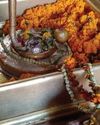
Panchakroshi Parikrama of Varanasi
At the snow-capped Kailas, the Divine Lord Shiva was seated with Mother Parvati.
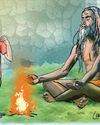
Gadai and the Monks
A fictional narrative based on incidents from the childhood of Sri Ramakrishna.
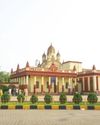
Chintayo momo maanosho Hori...
Sri Ramakrishna loved songs. There probably was no normal day when he did not sing some songs.
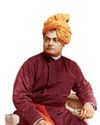
The Vedanta Vaccine
The world is still struggling under the impact of the pandemic due to Covid-19 for the last three years.

Chandrakirti's Chariot: Self in Madhyamaka Buddhism and Advaita Vedanta
The goal in Advaita Vedanta is the cessation of suffering and the attainment of true fulfillment. Suffering, according to this school, is due to ignorance of the true nature of the self and consequent erroneous identification with the body-mind.

Reminiscences of Sargachhi
Question: यद्यदाचरतत श्रेष्ठसतत्तदरेवरेतरो जनिः। ‘Whatever a superior person does, others do the same thing!’ (Gita 3:21) – What does this statement mean?
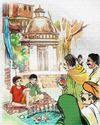
THE AUTUMN FESTIVAL
A fictional narrative based on incidents from the childhood of Sri Ramakrishna.

Bards of Guruvayur: Vilwamangalam II
Saints of India
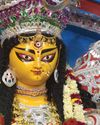
In the Universal Mother’s Divine Playground
Swami Vivekananda never taught the worship of Mother Kali. In a letter to Mary Hale he writes, “Kali worship is not a necessary step in any religion.
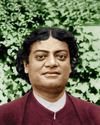
Swami Vivekananda: A Sportsman Par Excellence
In various books and articles, Swami Vivekananda has been called a spiritual leader, a prophet, a patriot, a social reformer, a philosopher, a yogi, a writer, an orator, an educationist, a musician, and so on.